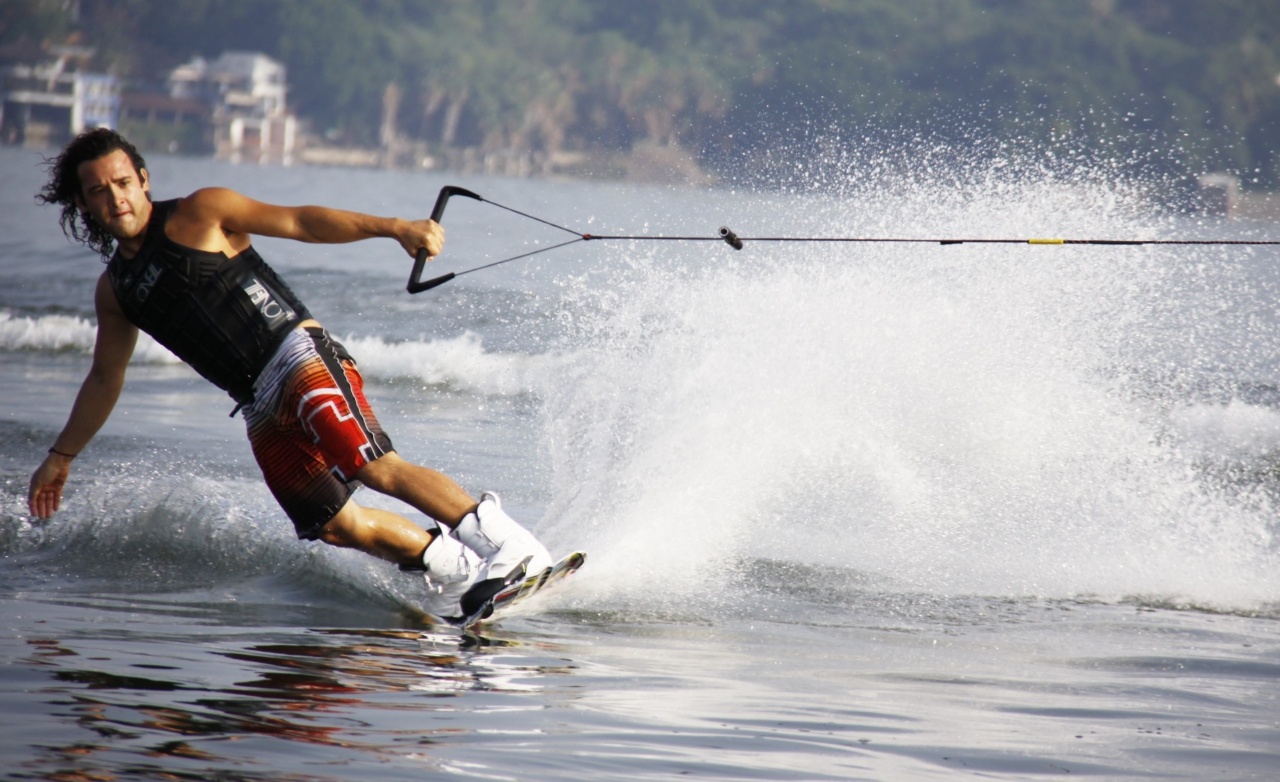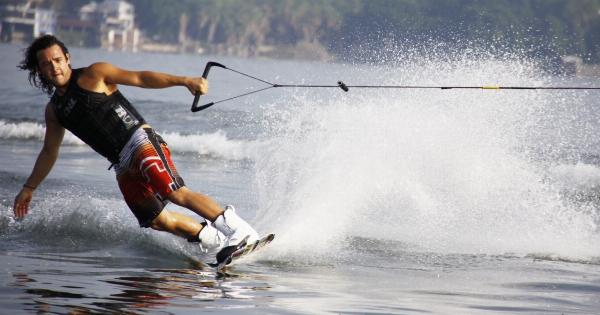Water skiing is an exhilarating water sport enjoyed by many thrill-seekers. It’s a fantastic way to have fun and enjoy the beauty of being out on the water. However, like any high-speed sport, water skiing carries potential risks and dangers.
To protect yourself and your loved ones from unexpected incidents, it is crucial to evaluate and understand your insurance coverage before taking part in water skiing activities.
1. What Does My Insurance Policy Cover?
Review your insurance policy carefully to understand what is covered. Some policies may provide specific coverage for water sports or activities, while others may exclude them entirely.
Ensure that water skiing is listed as a covered activity in your policy.
2. What Are the Coverage Limits?
It’s essential to understand the coverage limits of your policy.
Ensure that the coverage limits are sufficiently high to protect you from potential liability claims, personal property damage, and medical expenses resulting from water skiing accidents.
3. Does My Policy Include Liability Coverage?
Liability coverage is crucial when participating in water skiing. It protects you if you cause injury to another person or damage their property while skiing. Verify the extent of your liability coverage and if it includes water skiing activities.
4. What Is the Coverage for Personal Property?
Water skiing involves expensive equipment, such as skis, ropes, and life jackets. Determine if your insurance policy covers damage, loss, or theft of personal property used for water skiing. If not, consider obtaining additional coverage for these items.
5. Is Medical Expenses Coverage Included?
Water skiing carries the risk of accidents and injuries. It’s important to have medical expenses coverage to ensure you are protected in case of any mishaps.
Check your policy to determine if it includes coverage for medical costs resulting from water skiing accidents.
6. Does My Policy Offer Accident Coverage?
Accidents can happen even to the most seasoned water skiers.
Ensure that your insurance policy covers accidents related to water skiing and provides the necessary financial assistance for medical treatment, rehabilitation, and possible loss of income resulting from those accidents.
7. Are There Any Restrictions or Exclusions?
Review your policy to identify any specific restrictions or exclusions related to water skiing. Certain hazardous conditions, locations, or activities may be excluded or have certain limitations.
Familiarize yourself with these restrictions to avoid any surprises when filing a claim.
8. What Are the Requirements and Regulations for Water Skiing?
Understanding the requirements and regulations for water skiing is crucial to ensure your insurance coverage remains valid.
Inquire about any specific rules, certifications, or safety equipment requirements that must be adhered to when participating in water skiing activities.
9. Can I Add Additional Coverage for Water Skiing?
If you find that your current insurance policy lacks adequate coverage for water skiing or if you frequently engage in this activity, consider adding supplemental coverage.
Speak to your insurance provider to explore options for additional coverage tailored to your specific needs.
10. What Steps Should I Take in Case of an Incident?
Inquire about the procedure to follow in case of a water skiing incident or accident. Understand the necessary steps to file a claim and the documentation required to support your case.
Promptly reporting an incident to your insurance company is vital to streamline the claims process.
Water skiing can be a thrilling and enjoyable experience, but it’s crucial to prioritize safety and protect yourself financially.
By asking these ten essential questions, you can ensure you have appropriate insurance coverage, allowing you to enjoy this exhilarating water sport with peace of mind.























